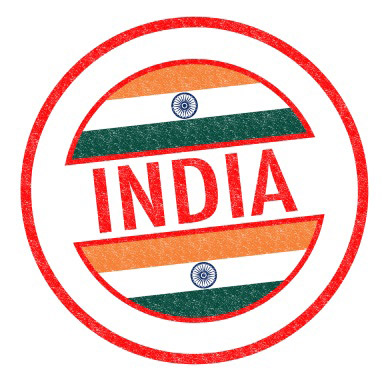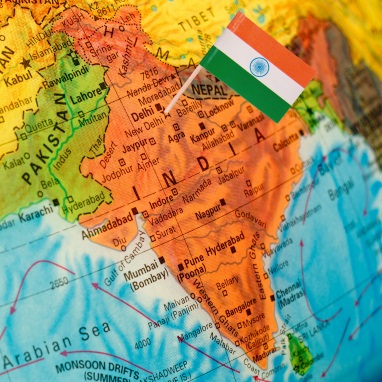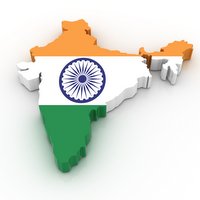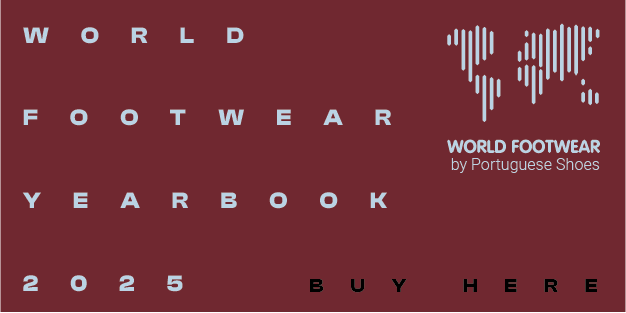India is planning new bigger clusters

The Council for Leather Exports announced, a few weeks ago, in India International Leather Fair (IILF) plans for the establishment of six new leather clusters in various parts of the country by 2017. The term clusters mean a concentration of companies that communicate, among themselves: they have similar characteristics, are in same location, and collaborate with each other, becoming more efficient.
India is the second footwear producer in the world, and is bestowed with an affluence of raw materials. The country is endowed with 21% of the world’s cattle & buffalo and 11% of the world’s goat & sheep population. Added to this are other strengths like innovative technology and increasing industry compliance to international environmental standards.
However, the leather sector is facing an acute shortage of manpower. A Leather Sector Skill Council has been created to attract employees to the production areas, and to train about 2 million people over the next 10 years. Actually, the leather industry in India employs about 2.5 million people, mostly from the weaker sections of society. 30% of all employees in the industry are women’s.
There is a need to create new Mega Leather Clusters in the States, especially where there is a major presence of the leather industry and also in locations that offer very good potential for development of industry. Such Mega Leather Clusters should be located, preferentially, “near the National/State Highways and should have world-class infrastructure and very good connectivity with the ports.”
The major objective of developing Mega Leather Clusters, according CLE, “is to create world-class infrastructure and to integrate the production chain in a manner that caters to the business needs of the leather industry so as to cater to the domestic market and exports. These mega clusters will give modern infrastructure, latest technology.”
Other objective is “enhancing the competitiveness of the clusters in terms of increased market share and ensuring increased productivity”. Clusters will allow “building a supply system that would be geared to respond to large-scale orders, adhering to quality and product standardization, which are pre-requisites for accessing the global markets.”
China, for example, had a huge development in leather industry. That is explained for the encouragement of the government for traditional cluster development, which ensures, according CLE, that all supporting industries are co-located in nearby areas, ensuring rapid product development and lower freight costs. China had achieved economies of scale through the “co-existence model” of operations, where a number of small factories operate on large factories’ job orders - they are geared for smaller orders thus enabling the larger factories to pick up large volume orders with significantly high variations. This is largely due to the cluster model of operations where distances are small, enabling transfer of material and know-how at minimal cost.
Besides, a new association was set up – LIASA Leather Industries Association of South Asia - to enhance the cooperation between Leather Industries of South Asian: India, Bangladesh, Pakistan and Sri Lanka. Later the association think include Nepal and Afghanistan.
The footwear is very important to the country: represents 42.6% of Indian exports of leather products in 2011-2012. Men’s shoes accounted for 54 percent of all footwear exports, women’s footwear 37 % and 9% for children’s shoes. The government has set an ambitious export target of US$14 billion for the leather sector by the end of its 12th five-year plan, running until the end of the 2016-17.
The first six months of 2012 were very difficult, but India’s leather exports went up again in the last three to four months. The Indian leather industry has registered consistent growth in exports over the past few years. From April 2011 to April 2012 the industry reached the equivalent of US$4.9 billion. In 2007-2008 the industry growth US$3.5 billion, who shows that the industry have been a consistent growing.
According Shoe Intelligence data, the total value of footwear exports reached US$2.1 billion in 2011-12, up from US $1.8 billion in the previous business year. Footwear exports are expected to increase to US$7.1 at the end of the 12th five-year plan. The figures for the latest business year were almost 23 percent higher than those recorded in 2010-11, marking one of the highest growth rates of the last 10 years.
At in India International Leather Fair, the CLE gave an update on the development of the Indian leather industry. The fair had, in exhibition, 439 companies: 159 from abroad, and visitants from 32 different countries.
India is the second footwear producer in the world, and is bestowed with an affluence of raw materials. The country is endowed with 21% of the world’s cattle & buffalo and 11% of the world’s goat & sheep population. Added to this are other strengths like innovative technology and increasing industry compliance to international environmental standards.
However, the leather sector is facing an acute shortage of manpower. A Leather Sector Skill Council has been created to attract employees to the production areas, and to train about 2 million people over the next 10 years. Actually, the leather industry in India employs about 2.5 million people, mostly from the weaker sections of society. 30% of all employees in the industry are women’s.
There is a need to create new Mega Leather Clusters in the States, especially where there is a major presence of the leather industry and also in locations that offer very good potential for development of industry. Such Mega Leather Clusters should be located, preferentially, “near the National/State Highways and should have world-class infrastructure and very good connectivity with the ports.”
The major objective of developing Mega Leather Clusters, according CLE, “is to create world-class infrastructure and to integrate the production chain in a manner that caters to the business needs of the leather industry so as to cater to the domestic market and exports. These mega clusters will give modern infrastructure, latest technology.”
Other objective is “enhancing the competitiveness of the clusters in terms of increased market share and ensuring increased productivity”. Clusters will allow “building a supply system that would be geared to respond to large-scale orders, adhering to quality and product standardization, which are pre-requisites for accessing the global markets.”
China, for example, had a huge development in leather industry. That is explained for the encouragement of the government for traditional cluster development, which ensures, according CLE, that all supporting industries are co-located in nearby areas, ensuring rapid product development and lower freight costs. China had achieved economies of scale through the “co-existence model” of operations, where a number of small factories operate on large factories’ job orders - they are geared for smaller orders thus enabling the larger factories to pick up large volume orders with significantly high variations. This is largely due to the cluster model of operations where distances are small, enabling transfer of material and know-how at minimal cost.
Besides, a new association was set up – LIASA Leather Industries Association of South Asia - to enhance the cooperation between Leather Industries of South Asian: India, Bangladesh, Pakistan and Sri Lanka. Later the association think include Nepal and Afghanistan.
The footwear is very important to the country: represents 42.6% of Indian exports of leather products in 2011-2012. Men’s shoes accounted for 54 percent of all footwear exports, women’s footwear 37 % and 9% for children’s shoes. The government has set an ambitious export target of US$14 billion for the leather sector by the end of its 12th five-year plan, running until the end of the 2016-17.
The first six months of 2012 were very difficult, but India’s leather exports went up again in the last three to four months. The Indian leather industry has registered consistent growth in exports over the past few years. From April 2011 to April 2012 the industry reached the equivalent of US$4.9 billion. In 2007-2008 the industry growth US$3.5 billion, who shows that the industry have been a consistent growing.
According Shoe Intelligence data, the total value of footwear exports reached US$2.1 billion in 2011-12, up from US $1.8 billion in the previous business year. Footwear exports are expected to increase to US$7.1 at the end of the 12th five-year plan. The figures for the latest business year were almost 23 percent higher than those recorded in 2010-11, marking one of the highest growth rates of the last 10 years.
At in India International Leather Fair, the CLE gave an update on the development of the Indian leather industry. The fair had, in exhibition, 439 companies: 159 from abroad, and visitants from 32 different countries.















